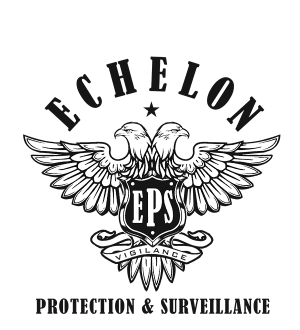 In today’s world, even sacred spaces such as religious institutions are not immune to threats, both external and internal. It’s crucial for religious leaders and community members to prioritize the safety of their institutions.
In today’s world, even sacred spaces such as religious institutions are not immune to threats, both external and internal. It’s crucial for religious leaders and community members to prioritize the safety of their institutions.
In this article, we’ll explore the importance of security for religious institutions and provide actionable steps to enhance protection.
The Growing Need for Security in Religious Spaces
Recent years have witnessed an unfortunate rise in incidents targeting religious institutions worldwide. Vandalism, theft, and even violent attacks have underscored the need for heightened security measures.
It’s just as important for ministers and other religious figures to provide protection to their buildings throughout the week as it is to protect worshippers on holy days. Any threat to human life is unacceptable, but damage to sacred religious institutions can impact your community’s sense of safety and wellbeing.
How to Enhance Security at Your Religious Institution
The good news is that there are several steps you can take to significantly improve the security of your building and protect worshippers. We recommend the following actions:
1. Conduct a Security Assessment
Before implementing security measures, it’s essential to understand the vulnerabilities of your institution. Engage a professional security company to conduct a thorough assessment and provide recommendations.
2. Hire Trained Security Personnel
Having a visible security presence can deter potential threats. Consider hiring trained security guards, especially during large gatherings and events. They can monitor entrances, patrol the premises, and respond to any emergencies.
3. Install Surveillance Systems
CCTV cameras strategically placed around the premises can provide continuous monitoring. Ensure that cameras cover entry and exit points, parking areas, and other vulnerable spots.
4. Control Access Points
Limit the number of open entrances, especially during off-hours. This not only helps in monitoring visitors but also prevents unauthorized access. One public entrance and exit is often enough — just make sure there is a separate fire exit for staff in case of an emergency.
5. Implement an Emergency Response Plan
Prepare for emergencies like fires, medical incidents, or security breaches. Train staff and volunteers on evacuation procedures, first aid, and how to alert authorities. A security service provider can be helpful here.
6. Engage the Community
Community members can play a vital role in security. Organize awareness sessions, encourage them to report suspicious activities, and consider forming a volunteer security team.
7. Collaborate with Local Law Enforcement
Build a relationship with local police and emergency services. They can provide guidance, conduct security drills, and offer rapid response in case of incidents.
8. Use Security Technology
Consider using modern security solutions like alarm systems, motion detectors, and electronic access controls to bolster your institution’s safety.
9. Regularly Review and Update Security Measures
Security is an ongoing process. Regularly review and update your measures, considering the changing dynamics and potential new threats.
Conclusion
Religious institutions are more than just buildings; they are the heart and soul of communities. By taking proactive security measures, religious leaders can ensure that their institutions remain the sanctuaries of peace and serenity they are meant to be. Please get in touch with a member of our team today for more information on how EPS can help.


